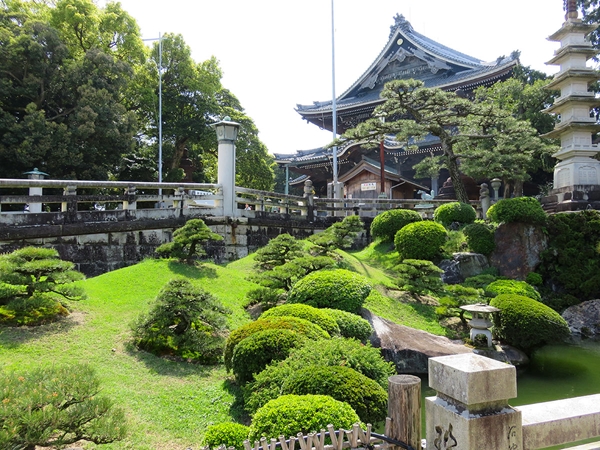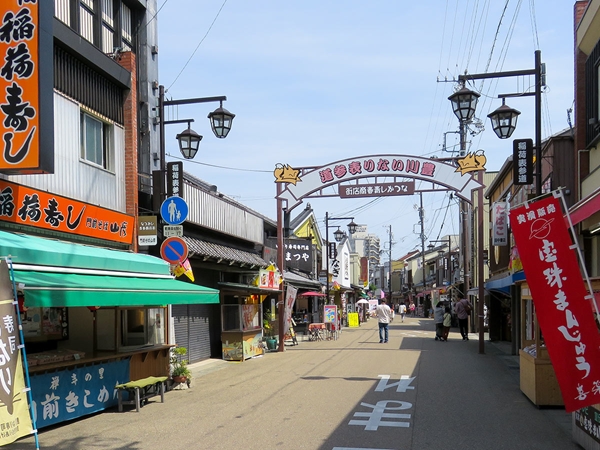- HOME
- Search in the site
- Toyokawa Inari - Toyokawa Kaku Myogonji Temple (Enpukuzan Toyokawa-Kaku Myogon-ji)
Toyokawa-City Toyokawa Inari - Toyokawa Kaku Myogonji Temple (Enpukuzan Toyokawa-Kaku Myogon-ji)
The Temple of The Fox Gods, Toyokawa Inari
Toyokawa Inari is considered one of Japan’s Big Three Inari Temples, along with Kyoto’s Fushimi Inari and the Yutoku Inari Temple in Saga Prefecture. Established in 1441 by the monk Tokai Geki, the Toyokawa Inari is a paradox. It is both a Sodo sect Buddhist Temple, as well as a Shinto Shrine, dedicated to Inari Okami, the god of fertility, rice and agriculture, industry and worldly success. If that’s not enough, it is also dedicated to the god of foxes. In fact, there are literally thousands of stone foxes and carvings located throughout the picturesque 1,272 hectare precincts.





































 Keyword
Keyword













